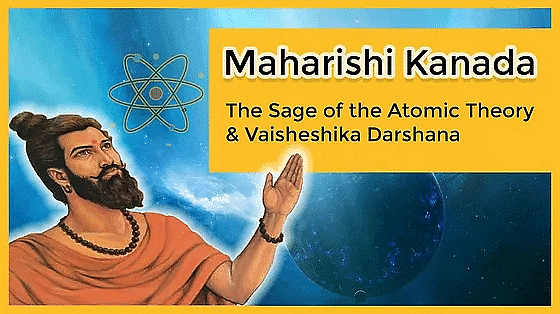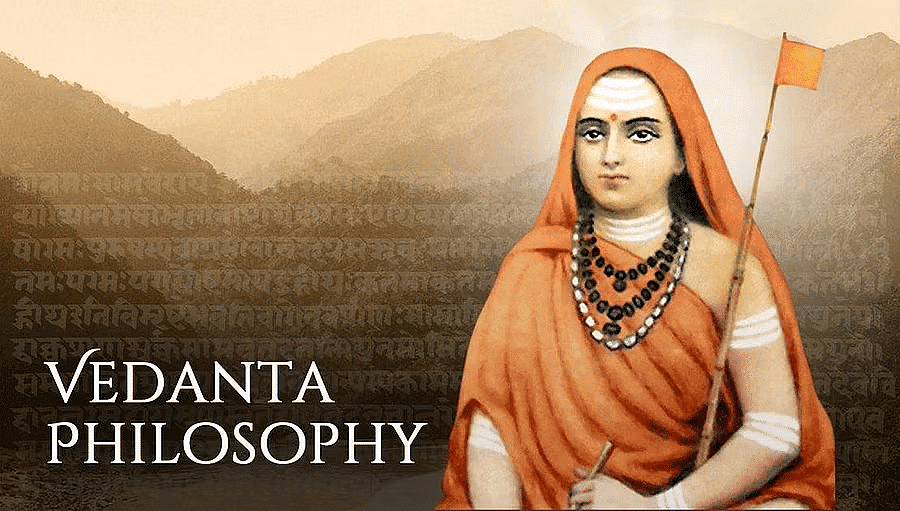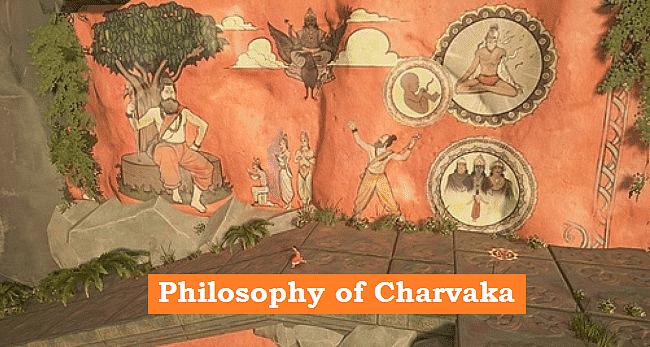Nitin Singhania Summary: Schools of Philosophy | History for UPSC CSE PDF Download
| Table of contents |

|
| Introduction |

|
| Schools of Philosophy |

|
| Orthodox Schools |

|
| Heterodox Schools |

|
| Six Major Subschools of the Orthodox School |

|
| Three subdivisions of the Heterodox School |

|
Introduction
Philosophy encompasses diverse schools, each offering unique perspectives on existence, knowledge, ethics, and reality. From ancient wisdom to metaphysical inquiries, these schools contribute to a rich intellectual tapestry, guiding us through nuanced debates and profound insights, offering crucial perspectives on the implications of human thought on society.
Schools of Philosophy

(i) Philosophy- long tradition in literature of ancient India. All schools said man should strive for fullfillment of four goals:
| Goals for Life | Meaning | Treatise on the Goal |
| Artha | Economic means or wealth | Matters related to the economy were discussed in Arthashastras |
| Dharma | Regulation of soical orders | Matters related to the State were discussed in the Dharamsastra |
| Kama | Physical pleasures or love | The Kamasastra/Kamasutra were written to elaborate on sexual matters. |
| Moksha | Salvation | There are several texts on Darshana or philosophy that deal with salvation too. |
(ii) Despite similar goals, differences on means to achieve salvation, emerged between the schools.
(iii) By the beginning of Christian Era- two different schools of philosophy, as follows emerged:
Orthodox Schools
(i) Vedas- supreme revealed scriptures that hold secrets to salvation.
(ii) Did not question the authenticity o f the Vedas.
(iii) Had six sub-schools- called Shada Darshana.
Heterodox Schools
(i) Do not believe in originality of Vedas & questioned existence of God.
(ii) Three major sub schools
Six Major Subschools of the Orthodox School
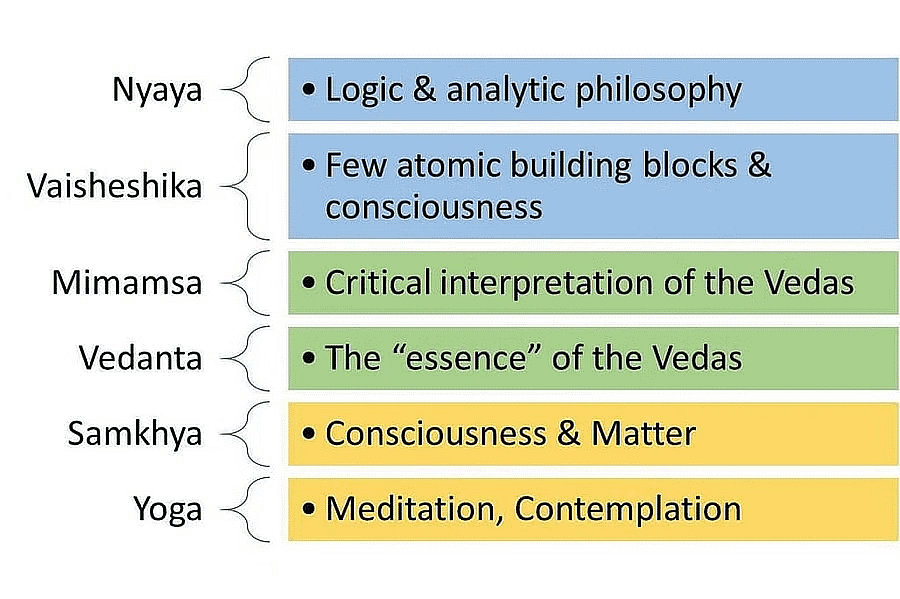
1. Samkhya School
(i) Oldest school of philosophy
(ii) Founded by Kapil Muni who wrote Samkhya Sutra.
(iii) ‘Samkhya’ or ‘Sankhya’ literally means ‘count’.
(iv) Two phases of development as follows: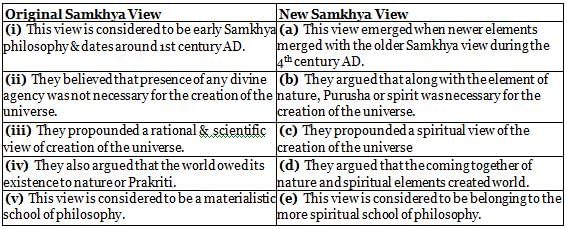 (v) Both schools argued that salvation could be attained through knowledge, the lack of which is the root cause for misery of man.
(v) Both schools argued that salvation could be attained through knowledge, the lack of which is the root cause for misery of man.
(vi) Believed in dualism or dvaitavada, i.e. the soul & matter are separate entities.
(vii) This concept- basis of real knowledge.
(viii) Knowledge- acquired through three main concepts: Pratyaksha: Perception ;Anumana: Inference & Shabda: Hearing
(ix) Have scientific system of inquiry.
(x) Prakriti & Purusha- basis of reality & absolutely independent.
(xi) Purusha- closer to attributes of a male & associated with consciousness & cannot be changed or altered.
(xii) Prakriti - three major attributes: thought, movement & transformation; closer to physiognomy of a woman.
2. Yoga School
(i) Yoga school literally means union of two major entities.
(ii) Say that salvation can be achieved by combining meditation & physical application of yogic techniques.
(iii) Techniques lead to release of Purusha from Prakriti.
(iv) Origin of Yoga & school- in Yogasutra of Patanjali (2nd century BCE).
(v) Physical aspects of this school- various postures called asanas.
(vi) Breathing exercises- pranayams.
(vii) Other means of achieving mukti or freedom are:
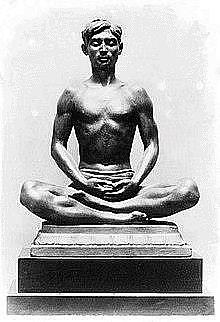
| Means of Achieving Freedom | Meanings/Ways of achieving it |
| Yama | Practicing self-control |
| Niyama | Observation o f the rules governing one’s life |
| Pratyahara | Choosing an object |
| Dharna | Fixing the mind (over the chosen object) |
| Dhyana | Concentrating on the (above-mentioned) chosen object |
| Samadhi | Merging o f mind & object that leads tofinal dissolution o f the self. |
(viii) These techniques help humans to control their mind, body & sensory organs.
(ix) These exercises help one believe in the existence of god as a guide, mentor & teacher.
(x) Help individual to move away from worldly matter & achieve concentration required to get salvation.
3. Nyaya School
(i) Believe in logical thinking to achieve salvation.
(ii) Consider life, death & salvation to be like mysteries that can be solved through logical & analytical thinking.
(iii) Argue that acquiring ‘real knowledge’ can only accrue salvation.
(iv) Founded by Gautama, author of Nyaya Sutra.
(v) Argue that use of logical tools like inference, hearing & analogy; a human being could verify truth of a proposition or statement.
(vi) Argue that creation of Universe- was through God’s hands.
(vii) Believe that God not only created the Universe but also sustained & destroyed it.
(viii) Constantly stressed on systematic reasoning & thinking.
4. Vaisheshika School
(i) Believes in physicality of Universe
(ii) Realistic & objective philosophy that governs the universe.
(iii) Founder- Kanada who wrote the text goveming Vaisheshika philosophy
(iv) Argue that everything in universe is created by five main elements (called Dravya): fire, air, water, earth & ether (sky).
(v) Argue that reality has many categories- action, attribute, genus, inherence, substance & distinct quality.
(vi) Has a very scientific approach- developed atomic theory, i.e. all material objects are made of atoms.
(vii) Was also responsible for the beginning of physics in Indian subcontinent.
(viii) Are propounders of mechanical process of formation of Universe.
(ix) Believe in god and consider him as guiding principal.
(x) Believe in laws of karma guide this universe, i.e. everything is based on the actions of human beings.
(xi) Believed in salvation, parallel to creation & destruction of universe, which was a cyclic process decided by God.
5. Mimamsa School
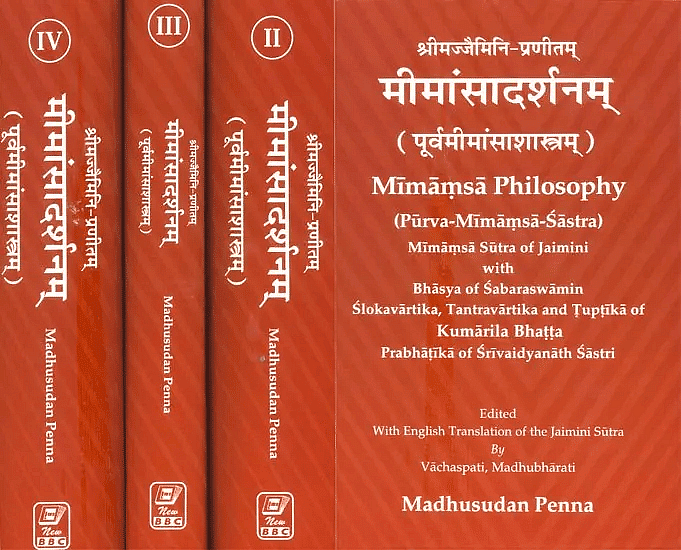
(i) ‘Mimamsa’ means art of reasoning, interpretation & application.
(ii) Focuses on analysis of texts of Samhita & Brahmana.
(iii) Argue that Vedas contain eternal truth & are repositories of all knowledge.
(iv) To acquire heaven & salvation, they would have to fulfill all the duties prescribed by the Vedas.
(v) Described in - Sutras of Jaimini of 3rd century BCE.
(vi) Greatest proponents: Sabar Swami and Kumarila Bhatta.
(vii) Argue that salvation is possible through performing rituals but justification & reasoning behind Vedic rituals, should be understood.
(viii) Said humans not free of cycle of life & death, until they achieve salvation.
(ix) Main focus- ritualistic part of Vedas, i.e. to achieve salvation one has to perform Vedic rituals.
(x) Involves the assistance of priests, hence it inherently legitimized the social distance between various classes.
(xi) Used as a device by Brahmans to maintain their clout over people.
1. Samkhya school believes in Advaitavada
2. Ramanujan was its major philosopher
Which of the above is/are correct?
6. Vedanta School
(i) Vedanta- two words- ‘Veda’ & ‘ant’, i.e. end of the Vedas.
(ii) Upholds the philosophies of life elaborated in Upanishads.
(iii) A Oldest text that formed its basis- Brahmasutra of Badrayana (2nd century BCE).
(iv) Brahma- reality of life & everything else is unreal or Maya.
(v) Atma or consciousness of self is similar to brahma.
(vi) This argument equalizes atma &brahma, knowledge of the self, would amount to understanding brahma & lead to salvation.
(vii) Brahma & atma indestructible and eternal.
(viii) Evolved in 9th century AD with philosophical intervention of Shankaracharya who wrote commentaries on Upanishads & Bhagavad Gita-> led to the development of Advaita Vedanta.
(ix) Ramanujan- major philosopher (wrote in l2th century AD). His intervention led to some differences in this school:
| Shankaracharya’s View | Ramanujan’s View |
| Considers brahma to be without any attributes. | Considers brahma to possess certain attributes |
| Considers Knowledge or jnana/gyan to be main means of attaining salvation | Considers loving faith & practicing devotion as path to attain salvation |
(x) Gave credence to Theory of Karma.
(xi) Believed in theory of Punarjanama or rebirth and that person has to bear the brunt of their previous actions- remedyto which is finding of one’s brahma.
Three subdivisions of the Heterodox School
1. Buddhist Philosophy
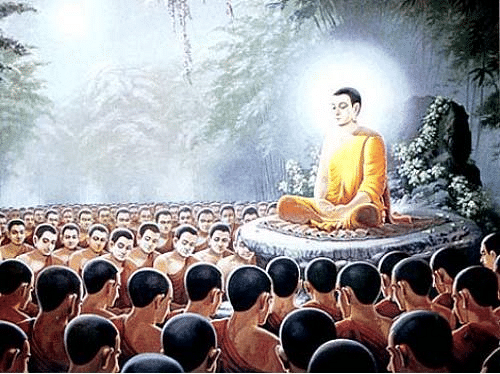 (i) Founder- Gautama Buddha
(i) Founder- Gautama Buddha
(ii) After his death- his disciples called a council at Rajagriha where the main teachings of Buddhism were codified. These were:
| Name of the Disciple who write it | Buddhas’ Pitakas |
| Upali | Vinaya Pitaka (Rules o f order for Buddhists) |
| Ananda | Sutta Pitaka (Buddha’s sermons and doctrines) |
| Mahakashyap | Abhidhamma Pitaka (Buddhist philosophy) |
(iii) According to this philosophy- traditional teachings imbibed in Vedas are not useful for achieving salvation & one should not trust them blindly.
(iv) Buddha said every human being should try to seek liberation through realisation of four noble truths- Suffering in human life; Desire- fundamental cause of all the suffering; Destroy passions, desires & love for materialistic things to attain nirvana; lastly liberation & optimism.
(v) Nirvana/SaIvalion- is through an eight-fold path:
(a) Right Vision
(b) Right Resolve: develop a strong will-power to destroy the desires.
(c) Right Speech: control one’s speech though cultivating right speech
(d) Right Conduct: move away from desire for materialistic things.
(e) Right Means of Livelihood: do not use any unfair means to earn their livelihood.
(f) Right effort: avoid bad feelings and impressions.
(g) Right Mindfulness: keep one’s body, mind and health in correct form.
(h) Right Concentration.
2. Jain Philosophy
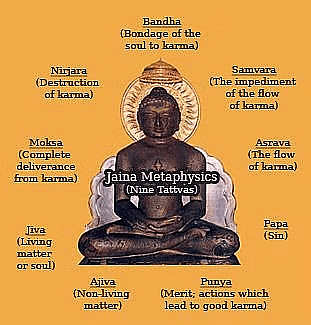
(i) First elaborated by Jain tirthankar or wise person Rishabha Deva, who was one amongst the 24 tirthankars
(ii) Adinath- source of all Jain philosophy.
(iii) Aristanemi & AjitNath- also disseminated Jain philosophy
(iv) Also oppose the primacy of Vedas to achieve salvation.
(v) Argue that a man should control his mind by seeking right perception & knowledge.
(vi) If coupled with right conduct, would lead to salvation.
(vii) Says man should practice brahamcharya or celibacy, to achieve liberation
(viii) Major fundamentals:
(a) Natural & supernatural things in this universe are based on seven fundamental elements, i.e. jiva, ajivaa, asrava, bandha, samvara, nirjara and moksha.
(b) Two basic types of existences: Astikaya or something that has a physical shape like body & Anastakiya i.e. that which has no physical shape, like ‘time’. Everything that has a substance is called dharma, which is basis of qualities possessed by object or man.
(c) Substance is eternal and unchangeable.
1. Shankaracharya considered knowledge to be the main means of attaining salvation.
2. Ramanujan considered loving the faith and practising devotion as the path of salvation.
Which of the above is/are correct?
3. Charvaka School or Lokavata Philosophy
(i) Founder- Brihaspati
(ii) One of the earliest schools that developed a philosophical theory.
(iii) Finds mention in Vedas & Brihadarankya Upanishad.
(iv) Charvaka School- main propounder of materialistic view to achieve salvation.
(v) Was dubbed as Lokavata or something derived from common people.
(vi) ‘Lokayata’- meant keen attachment to physical & material world (loka).
(vii) Denied existence of any supernatural or divine agent who could regulate our conduct on earth.
(viii) Argued against need to achieve salvation and also denied the existence of brahma and God.
(ix) Main teachings:
(a) Against Gods and their representatives on earth - priestly class.
(b) Man- centre of all activities.
(c) Do not consider ‘ether’ as one of the five essential elements, say the universe consists of only four elements: fire, earth, water and air.
(d) No other world after this one,
(e) Pleasure should be ultimate objective of life.
(f) Propound theory of ‘eat, drink and make merry’.
(g) Materialistic philosophies dominated over idealist ones.
|
112 videos|505 docs|173 tests
|
FAQs on Nitin Singhania Summary: Schools of Philosophy - History for UPSC CSE
| 1. What are the different schools of philosophy discussed in the article? |  |
| 2. How many major subschools are there in the Orthodox School? |  |
| 3. What is the difference between Orthodox Schools and Heterodox Schools? |  |
| 4. Can you provide examples of Orthodox Schools mentioned in the article? |  |
| 5. How many subdivisions are there in the Heterodox School? |  |

